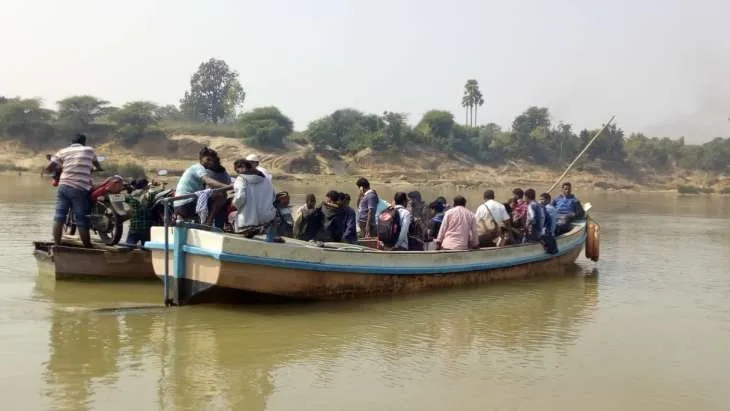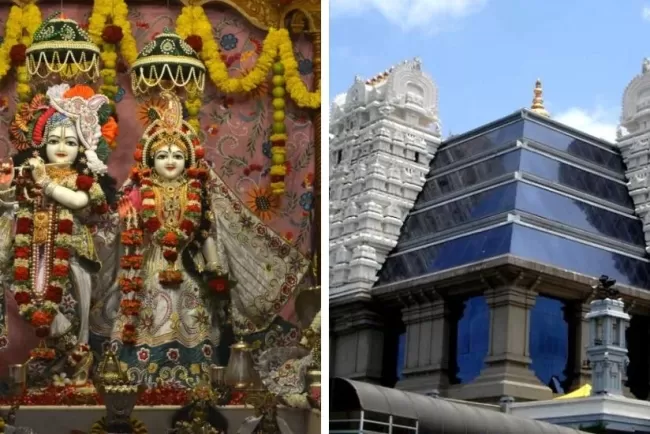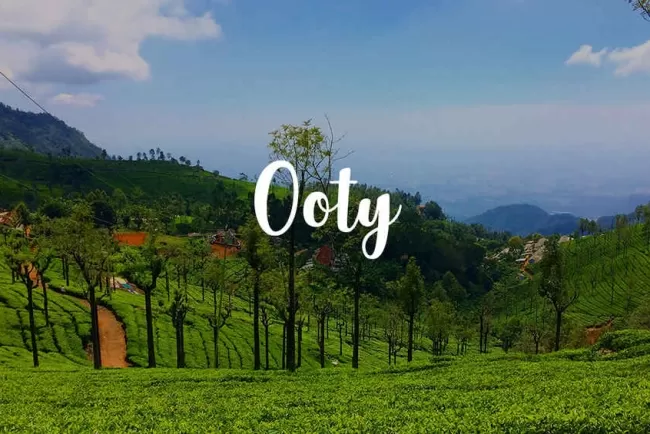Sabari River: An Essential Tributary of the Godavari...!!!
The Sabari River is a vital tributary of the Godavari, playing an essential role in the region's ecology, economy, and culture.

The Sabari River, also referred to as the Kolab River in Odisha, serves as one of the primary tributaries of the Godavari River. Originating from the western slopes of the Eastern Ghats in Odisha, the Sabari River traverses through the states of Odisha, Chhattisgarh, and Andhra Pradesh before merging with the Godavari River near Kunavaram in Andhra Pradesh. This river is integral to the region's ecology, economy, and culture.
Origin and Course
The Sabari River originates from the Sinkaram hill ranges in Odisha at an elevation of 1,370 meters above sea level. Flowing through the dense forests and rugged terrain of the Eastern Ghats, the river forms a natural boundary between Odisha and Chhattisgarh. Continuing its journey, the Sabari River enters Andhra Pradesh and ultimately merges with the Godavari River.
Covering an area of approximately 20,427 square kilometers, the Sabari River basin receives an average annual rainfall of around 1,250 mm. The river's course is marked by a significant drop in elevation, averaging a gradient of 2.25 meters per kilometer in the section forming the boundary between Chhattisgarh and Odisha. This gradient makes the Sabari River an ideal candidate for hydroelectric power generation.
Tributaries and Hydroelectric Projects
The Sabari River is nourished by several tributaries, with the Sileru River (known as Machkund in its upper reaches) being the most prominent. The Sileru River joins the Sabari River at the tri-junction boundary point of Andhra Pradesh, Chhattisgarh, and Odisha. The Sabari River basin hosts several hydroelectric projects, including the Machkund, Balimela, Upper Sileru, Donkarayi, and Lower Sileru hydroelectric projects. These initiatives harness the river's hydroelectric potential, providing a crucial source of renewable energy for the region.
Upper Kolab Project
A significant dam project on the Sabari River is the Upper Kolab Project, located in Odisha. This project supplies water for irrigation and hydroelectric power generation, playing a pivotal role in the region's agricultural and energy sectors. The project comprises a dam and a hydroelectric power plant, contributing to the area's sustainable development.
Environmental and Ecological Importance
The Sabari River and its surrounding ecosystem support a diverse range of flora and fauna. The river's waters sustain various aquatic species, including fish and other organisms vital to local fishing communities. The riverbanks, lined with lush green forests, provide habitat for numerous wildlife species, enhancing the region's biodiversity.
The Sabari River also maintains the ecological balance of the area. Its waters recharge the groundwater aquifers, ensuring a steady supply of water for agriculture and domestic use. The river's flow helps prevent soil erosion and maintains the fertility of the surrounding land, supporting local livelihoods.

Cultural and Religious Significance
The Sabari River holds deep cultural and religious significance for local communities. The river is considered sacred by many, with several temples and religious sites located along its banks. The river is also entwined with various myths and legends, enhancing its cultural importance.
The river's waters are used in numerous religious rituals and ceremonies, and its banks are frequently visited by pilgrims and devotees. The presence of the river has shaped the cultural identity of the region, with local traditions and practices closely tied to its waters.
Challenges and Conservation Efforts
Despite its importance, the Sabari River faces several challenges, including pollution, deforestation, and over-extraction of water. Industrial activities, agricultural runoff, and domestic waste contribute to the river's pollution, affecting water quality and aquatic life. Deforestation in the river's catchment area leads to soil erosion and reduced water flow, impacting the river's health.
Conservation efforts are in place to protect the Sabari River and its ecosystem. These include reforestation programs, pollution control measures, and sustainable water management practices. Community-based initiatives and government policies aim to ensure the river's long-term sustainability and its surrounding environment.
The Sabari River is a vital tributary of the Godavari, playing an essential role in the region's ecology, economy, and culture. Its waters support diverse ecosystems, provide critical resources for agriculture and energy, and hold cultural and religious significance for local communities. Conservation efforts are crucial to protecting the river and ensuring its sustainable use for future generations. By understanding and preserving the Sabari River, we can safeguard its ecological and cultural heritage for years to come.
What's Your Reaction?

















